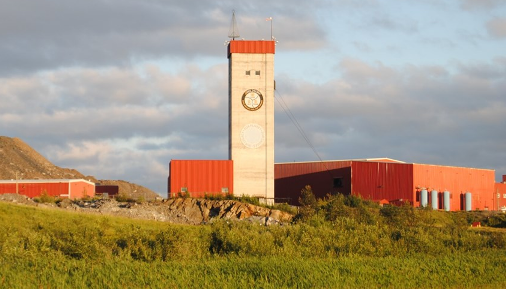http://business.financialpost.com/
Half a century after publication of The Population Bomb, the world is healthier, better fed, less poor, better entertained and generally living fuller lives
It’s 2018, and the end is near — again. From the new Matt Damon movie Downsizing to the latest alarmist petitions from bands of scientists, the world is said to be careening toward destruction.
“We’re screwed,” says Oscar-winning director Alexander Payne, whose Downsizing explores the science-fiction idea that the world could maybe be saved if the technology existed to shrink individual humans down to the size of Ken and Barbie dolls, at which point consumption of dwindling earthly resources would be reduced to a fraction of current levels.
If you’re not keen on taking science lessons from Hollywood directors who admit they have no idea of how to avoid the alleged looming catastrophe, there’s the latest doomsterism from the Alliance of World Scientists. It has lots of ideas, all bad.
























